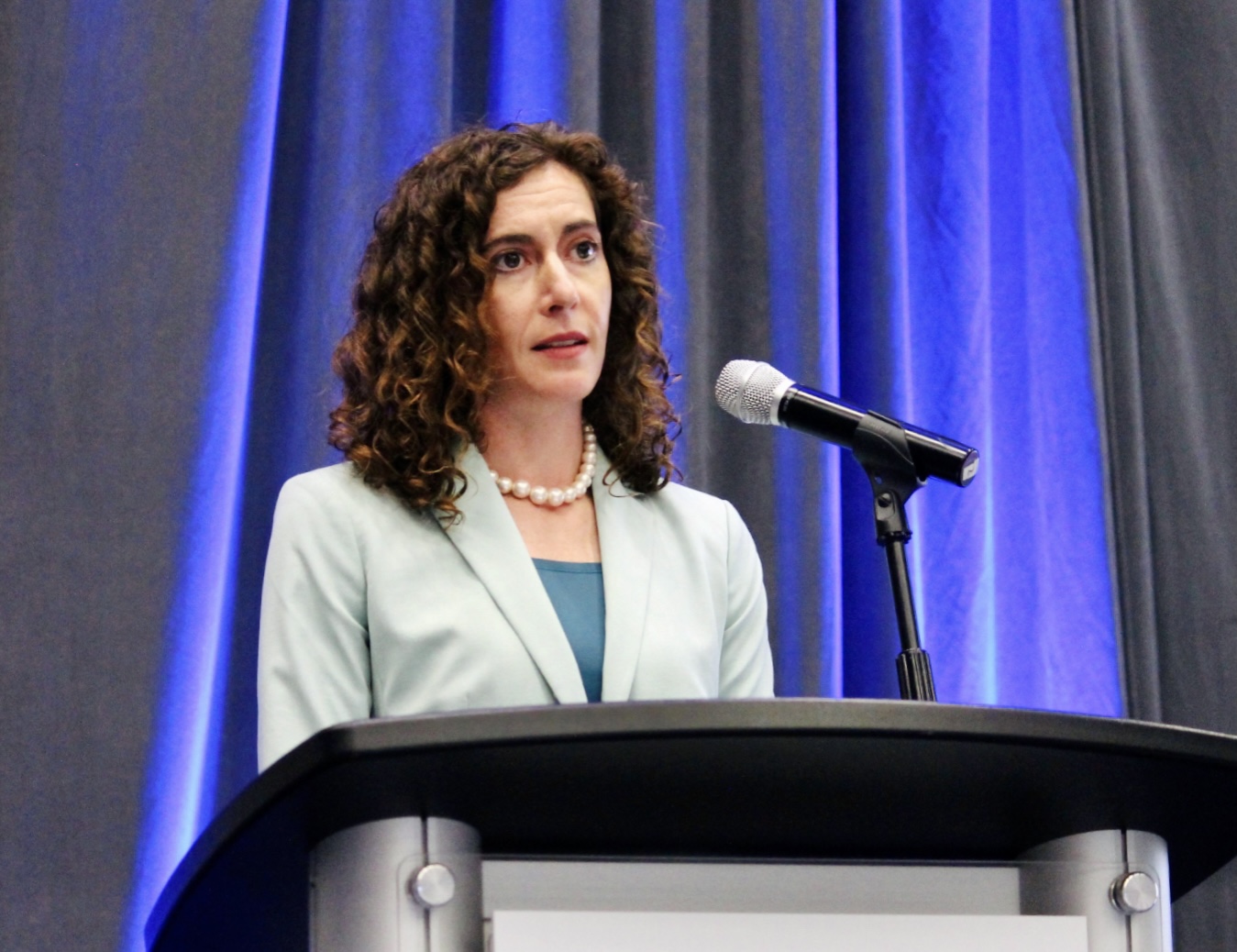I gave a plenary talk at the EURO Working Group for Locational Analysis (EWGLA) XXV Conference entitled “On designing public sector systems.” I am grateful to Prof. Dr. Lieselot Vanhaverbeke, organizer of the 2019 EURO Working Group on Locational Analysis meeting and professor at Vrije Universiteit Brussel (VUB) for inviting me. Her hospitality and the hospitality of the entire conference organizing committee was amazing. They even gave me a box of very nice locally made gourmet speculoos cookies, which I greatly appreciate.
My slides are below.
The references from my presentation capture almost two decades of research. The papers can be found in the Research section of my blog and are listed at the bottom of this blog post.
I captured much of my visit on twitter. Here are some highlights:
References:
Aviation security
1.Jacobson, S. H., J. E. Virta, L. A. McLay, J. E. Kobza, 2005. Integer Program Models for the Deployment of Airport Baggage Screening Security Devices, Optimization and Engineering 6(3) 339 – 359.
2.Jacobson, S. H., L. A. McLay, J. E. Kobza, J. M. Bowman, 2005. Modeling and Analyzing Multiple Station Baggage Screening Security System Performance, Naval Research Logistics 52(1), 30 – 45.
3.McLay, L. A., S. H. Jacobson, and J. E. Kobza, 2006. A Multilevel Passenger Prescreening Problem for Aviation Security, Naval Research Logistics 53 (3), 183 – 197.
4.Lee, A.J., L.A. McLay, and S.H. Jacobson, 2009. Designing Aviation Security Passenger Screening Systems using Nonlinear Control. SIAM Journal on Control and Optimization 48(4), 2085 – 2105.
5.McLay, L. A., S. H. Jacobson, and A. G. Nikolaev, 2009. A Sequential Stochastic Passenger Screening Problem for Aviation Security, IIE Transactions 41(6), 575 – 591.
6.McLay, L.A., S.H. Jacobson, A.J. Lee, 2010. Risk-Based Policies for Aviation Security Checkpoint Screening. Transportation Science 44(3), 333-349.
Infrastructure Protection
1. Albert McLay, L., 2015. Discrete optimization models for homeland security and emergency management, TutORial at the 2015 INFORMS Annual Meeting, November 1-4, 2015, Philadelphia, PA.
2.Zheng, K., Albert, L., Luedtke, J.R., Towle, E. 2019. A budgeted maximum multiple coverage model for cybersecurity planning and management, To appear in IISE Transactions. DOI: 10.1080/24725854.2019.1584832
3.Zheng, K., and Albert, L.A. 2019. Interdiction models for delaying adversarial attacks against critical information technology infrastructure. To appear in Naval Research Logistics.
Emergency Medical Services
1.McLay, L.A., 2009. A Maximum Expected Covering Location Model with Two Types of Servers, IIE Transactions 41(8), 730 – 741.
2.McLay, L.A., 2010. Emergency Medical Service Systems that Improve Patient Survivability. Encyclopedia of Operations Research in the area of “Applications with Societal Impact,” eds. J.J. Cochran, L. A. Cox, Jr., P. Keshinocak, J.C. Smith. John Wiley & Sons, Inc., Hoboken, NJ (published online: DOI: 10.1002/9780470400531.eorms0296).
3.McLay, L.A. and M.E. Mayorga, 2010. Evaluating Emergency Medical Service Performance Measures. Health Care Management Science 13(2), 124 – 136.
4.McLay, L.A., Mayorga, M.E., 2011. Evaluating the Impact of Performance Goals on Dispatching Decisions in Emergency Medical Service. IIE Transactions on Healthcare Service Engineering 1, 185 – 196
5.Ansari, S., McLay, L.A., Mayorga, M.E., 2015. A maximum expected covering problem for locating and dispatching servers. To appear in Transportation Science.
6.McLay, L.A., Moore, H. 2012. Hanover County Improves Its Response to Emergency Medical 911 Calls. Interfaces 42(4), 380-394.
7.Ansari, S., McLay, L.A., Mayorga, M.E., 2015. A Maximum Expected Covering Problem for District Design, Transportation Science 51(1), 376 – 390.
8.Grannan, B.C., Bastian, N., McLay, L.A. 2015. A Maximum Expected Covering Problem for Locating and Dispatching Two Classes of Military Medical Evacuation Air Assets. Operations Research Letters 9, 1511-1531.
9.Yoon, S. and Albert, L.A. 2018. Dynamic Resource Assignment for Emergency Response with Multiple Types of Vehicles, Under review at Operations Research, October 2018.
10.Yoon, S., and Albert, L.A. 2019. A dynamic ambulance routing model with multiple response. Under review at Transportation Research Part E: Logistics at Transportation Science.











